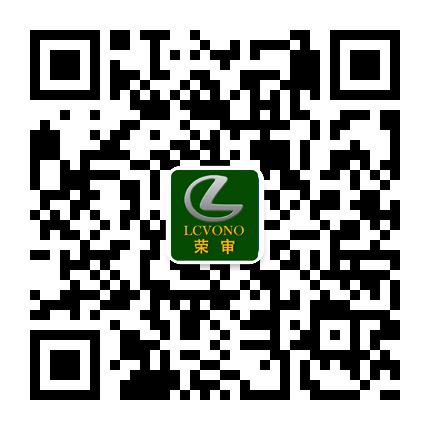国际审计与鉴证准则理事会强化利用内部审计师工作准则
添加日期:2012年04月12日
编者按:国际审计与鉴证准则理事会发布了国际审计准则第610号:内部审计师工作的使用。该准则解决了外部审计师利用内部审计工作获取审计证据的职责界定问题。现将该公告全文转发,供参考。
Many entities establish internal audit functions as part of their internal control, risk management, and governance structures; effective coordination and communication between the external and internal auditors can contribute positively to the external audit. Recognizing this, the International Auditing and Assurance Standards Board (IAASB) released International Standard on Auditing (ISA) 610 (Revised),Using the Work of Internal Auditors, which addresses the external auditor’s responsibilities if using the work of an internal audit function in obtaining audit evidence.
“Internal auditing standards and practices have continued to develop, as has the relationship between external and internal auditors. Equally, the expectations on the external auditor continue to evolve, particularly with recent heightened emphasis on audit quality and accountability,” stated Prof. Arnold Schilder, IAASB chairman. “Our standards must also evolve to take account of these changes. Our revision of this standard involved extensive input from, and liaison with, the regulatory community, which we believe has helped enhance the quality of the final standard.”
The revised standard is aimed at enhancing the external auditor’s performance by providing a more robust framework for evaluating and using the work of an entity’s internal audit function. Related changes have also been made to ISA 315 (Revised), Identifying and Assessing the Risks of Material Misstatement through Understanding the Entity and Its Environment, to explain how the internal audit function and its findings can usefully inform the external auditor’s risk assessments.
“The external auditor may be able to use the work of a robust internal audit function. Nevertheless, the external auditor has sole responsibility for the audit opinion expressed, and that responsibility is not reduced by the external auditor’s use of the work of the internal audit function,” notes James Gunn, IAASB technical director. “This revised ISA defines the conditions that are necessary for the external auditor to be able to use the work of internal auditors, including ensuring that the internal audit function’s work is adequate for the audit, and preventing overuse or undue use of such work.”
Both ISA 610 (Revised) and ISA 315 (Revised) are effective for audits of financial statements for periods ending on or after December 15, 2013.
Using Internal Auditors to Provide Direct Assistance
In revising ISA 610, the IAASB also agreed on requirements and guidance that specify the conditions and establish responsibilities of the external auditor if the external auditor intends to use internal auditors to provide direct assistance during the audit.
The IAASB has engaged closely with the International Ethics Standards Board for Accountants (IESBA) in relation to this matter. While the IAASB has concluded its deliberations on the requirements addressing direct assistance, it intends to incorporate such material in ISA 610 (Revised) only after the IESBA concludes its deliberations on its February 2012 exposure draft of proposed changes to the definition of “engagement team” in the Code of Ethics for Professional Accountants (IESBA Code). The IESBA exposure draft proposes to resolve a perceived inconsistency between the ISAs and the IESBA Code regarding the ability of external auditors to use internal auditors to provide direct assistance.














